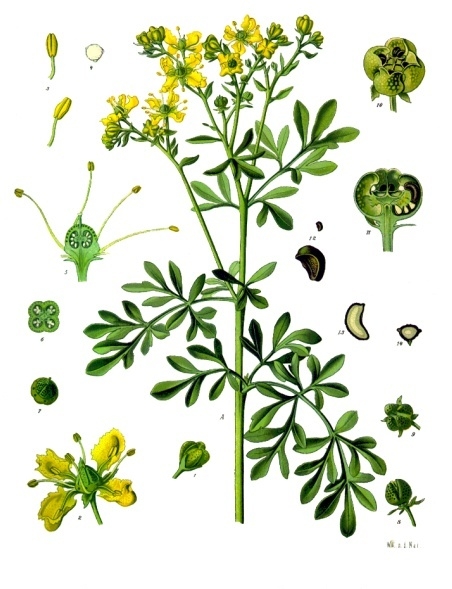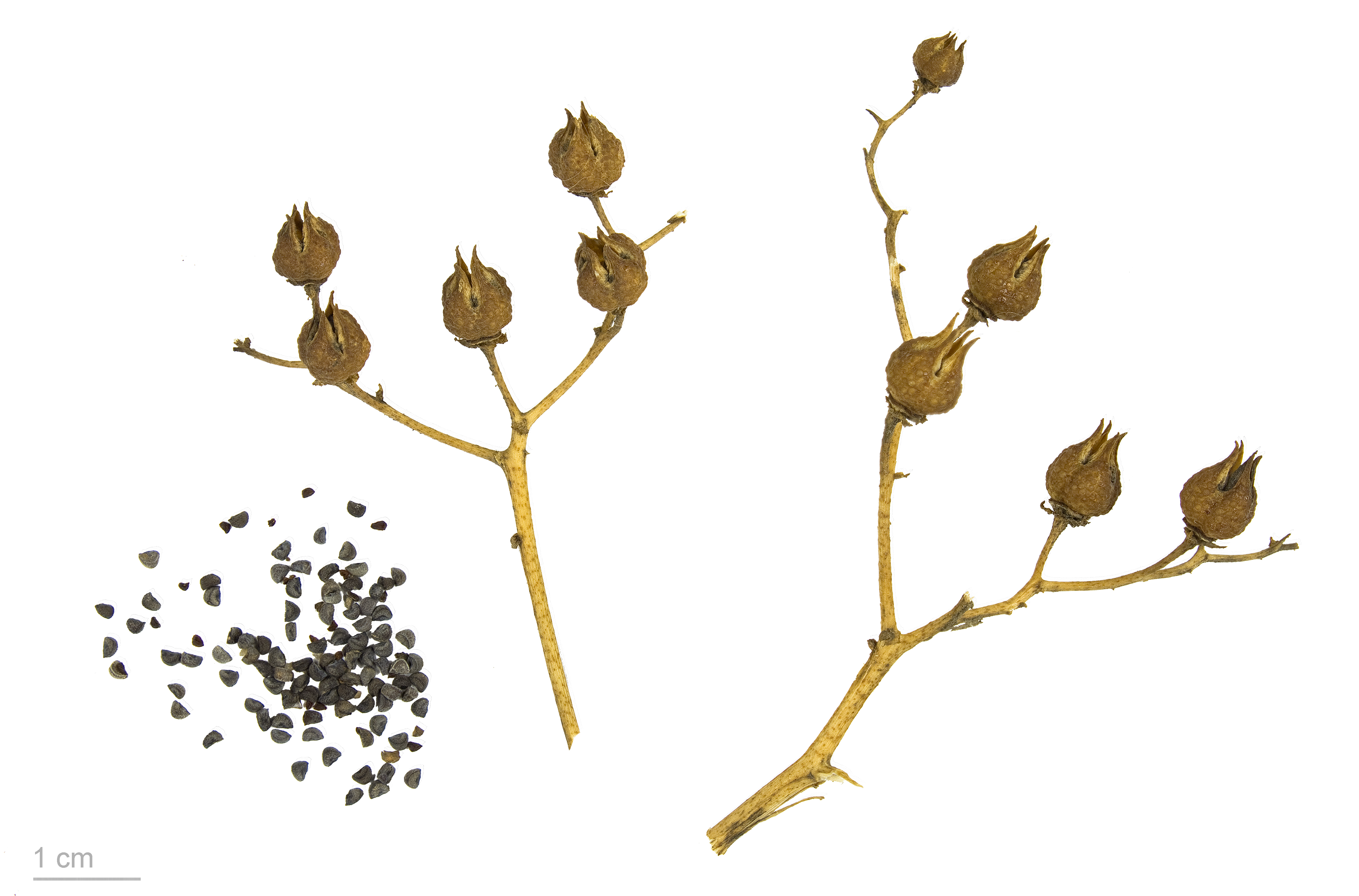|
Choripetalae
Choripetalae Eichler (1876), is a descriptive botanical name used in the Eichler and Wettstein systems for a group of flowering plants. It was one of two groups within the Dicotyledones, the other being the Sympetalae. The latter have fused petals Petals are modified leaves that surround the reproductive parts of flowers. They are often brightly colored or unusually shaped to attract pollinators. All of the petals of a flower are collectively known as the ''corolla''. Petals are usually ... (sympetally) which distinguishes them from the free, unfused petals of the Choripetalae. Bihrmann's Caudiciforms. Accessed on August 10, 2011. Thus if the petals are free from one another in the corolla, t ... [...More Info...] [...Related Items...] OR: [Wikipedia] [Google] [Baidu] |
Wettstein System
A system of plant taxonomy, the Wettstein system recognised the following main groups, according to Richard Wettstein's ''Handbuch der Systematischen Botanik'' (1901–1924). 3rd edition (1924) Outline Synopsis * Flagellatae p. 65 * Myxophyta p. 69 * Schizophyta ** Schizophyceae ** Schizomycetes * Zygophyta ** Peridinieae ** Bacillarieae *** Centricae *** Pennatae ** Conjugatae * Phaeophytae * Rhodophyta ** Bangieae ** Florideae * Euphallophyta ** Chlorophyceae ** Fungi *** Eumycetes **** Phycomycetes **** Ascomycetes **** Basidiomycetes *** Lichenes **** Ascolichenes **** Basidiolichenes * Cormophyta ** Archegoniatae *** Bryophyta **** Musci **** Hepaticae *** Pteridophyta **** Psilophytinae **** Lycopodiinae **** Psilotinae **** Equisetinae **** Isoëtinae **** Filicinae **** Cycadofilicinae ** Anthophyta *** Gymnospermae **** Cycadinae **** Bennettitinae **** Cordaitinae **** Gingkoinae **** Coniferae **** Gnetinae *** Angiospermae p. 467 **** Dicotyledone ... [...More Info...] [...Related Items...] OR: [Wikipedia] [Google] [Baidu] |
Sympetalae
Sympetaly (fused petals) is a flower characteristic that historically was used to classify a grouping of plants termed Sympetalae, but this term has been abandoned in newer molecular based classifications, although the grouping has similarity to the modern term asterids. History Sympetalae Rchb. (1828), meaning “with fused petals”, is a descriptive botanical name used in the Eichler, Engler, and Wettstein systems for a group of flowering plants (angiosperms). In this group the flowers have a separate calyx and corolla and in which the corolla petals are fused, at least at their base, a condition known as sympetaly. Prior to the phylogenic classifications of August Eichler and his successors this group corresponds to the Gamopetalae of Bentham and Hooker, gamopetaly being a synonym of sympetaly. This was one of the three divisions of dicotyledons in their system. In Eichler's ''Blüthendiagramme'', the class Dicotyleae was divided into two subclasses, the Sympetalae ( ... [...More Info...] [...Related Items...] OR: [Wikipedia] [Google] [Baidu] |
Eichler System
A system of plant taxonomy, the Eichler system was the first phylogenetic (phyletic) or evolutionary system. It was developed by August W. Eichler (1839–1887), initially in his ''Blüthendiagramme'' (1875–1878) and then in successive editions of his ''Syllabus'' (1876–1890). After his death his colleague Adolf Engler (1844–1930) continued its development, and it became widely accepted. The system was based on dividing the plant kingdom into those plants with concealed reproductive organs (non-floral), the ( Cryptogamae, = hidden reproduction) and those with visible reproductive organs (floral), the ( Phanerogamae, = visible reproduction). Moreover, Eichler was the first taxonomist to separate the Phanerogamae into Angiosperms and Gymnosperms and the former into Monocotyledonae and Dicotyledonae. His primary ranks were Divisions (''Abtheilung''), followed by orders (''Reihe''). ''Blüthendiagramme'' (1875–1878) Volume I (1875) Contents pp. VI–VIII Synop ... [...More Info...] [...Related Items...] OR: [Wikipedia] [Google] [Baidu] |
Ruta Graveolens - Köhler–s Medizinal-Pflanzen-259
''Ruta'' (commonly known as rue) is a genus of strongly scented evergreen subshrubs, 20–60 cm tall, in the family Rutaceae, native to the Mediterranean region, Macaronesia and southwest Asia. About ten species are accepted in the genus. The most well-known species is ''Ruta graveolens'' (rue or common rue). The leaves are bipinnate or tripinnate, with a feathery appearance, and green to strongly glaucous blue-green in colour. The flowers are yellow, with 4–5 petals, about 1 cm diameter, and borne in cymes. The fruit is a 4–5-lobed capsule, containing numerous seeds. Species , Plants of the World Online accepted ten species: *''Ruta angustifolia'' Pers. *''Ruta chalepensis'' L. *''Ruta corsica'' DC. *''Ruta graveolens'' L. *''Ruta lamarmorae'' Bacch., Brullo & Giusso *''Ruta lindsayi'' Turrill *''Ruta microcarpa'' Svent. *''Ruta montana'' (L.) L. *''Ruta oreojasme'' Webb *''Ruta pinnata'' L.f. Medicinal uses Extracts from rue have been used to treat eyestrai ... [...More Info...] [...Related Items...] OR: [Wikipedia] [Google] [Baidu] |
August Eichler
August Wilhelm Eichler, also known under his Latinized name, Augustus Guilielmus Eichler (22 April 1839 – 2 March 1887), was a German botanist who developed a new system of classification of plants to reflect the concept of evolution. His author abbreviation in botany is ''Eichler''. Biography Born in Neukirchen, Hesse, Eichler studied at the University of Marburg, Germany, and in 1871 became Professor of Botany at ''Technische Hochschule'' (Technical University) of Graz and director of the botanical garden in that city. In 1872 he received an appointment at the University of Kiel, where he remained until 1878 when he became director of the herbarium at the University of Berlin. He died in Berlin on March 2, 1887, of leukaemia. Eichler made important contributions to the study of the comparative structure of flowers (mainly on floral symmetry in his work ''Blütendiagramme''). He wrote extensively on the Coniferae, Cycadaceae and other plant groups of Brazil. Eichler ... [...More Info...] [...Related Items...] OR: [Wikipedia] [Google] [Baidu] |
Descriptive Botanical Name
Descriptive botanical names are scientific names of groups of plants that are irregular, not being derived systematically from the name of a type genus. They may describe some characteristics of the group in general or may be a name already in existence before regularised scientific nomenclature. Descriptive names can occur above or at the rank of family. There is only a single descriptive below the rank of family (the subfamily Papilionoideae). Above the rank of family Descriptive names above the rank of family are governed by Article 16 of the International Code of Nomenclature for algae, fungi, and plants (ICN), which rules that a name above the rank of family may either be ‘automatically typified’ (such as Magnoliophyta and Magnoliopsida from the type genus ''Magnolia'') or be descriptive. Descriptive names of this type may be used unchanged at different ranks (without modifying the suffix). These descriptive plant names are decreasing in importance, becoming less common ... [...More Info...] [...Related Items...] OR: [Wikipedia] [Google] [Baidu] |
Flowering Plant
Flowering plants are plants that bear flowers and fruits, and form the clade Angiospermae (), commonly called angiosperms. The term "angiosperm" is derived from the Greek words ('container, vessel') and ('seed'), and refers to those plants that produce their seeds enclosed within a fruit. They are by far the most diverse group of land plants with 64 orders, 416 families, approximately 13,000 known genera and 300,000 known species. Angiosperms were formerly called Magnoliophyta (). Like gymnosperms, angiosperms are seed-producing plants. They are distinguished from gymnosperms by characteristics including flowers, endosperm within their seeds, and the production of fruits that contain the seeds. The ancestors of flowering plants diverged from the common ancestor of all living gymnosperms before the end of the Carboniferous, over 300 million years ago. The closest fossil relatives of flowering plants are uncertain and contentious. The earliest angiosperm fossils ar ... [...More Info...] [...Related Items...] OR: [Wikipedia] [Google] [Baidu] |
Dicotyledones
The dicotyledons, also known as dicots (or, more rarely, dicotyls), are one of the two groups into which all the flowering plants (angiosperms) were formerly divided. The name refers to one of the typical characteristics of the group: namely, that the seed has two embryonic leaves or cotyledons. There are around 200,000 species within this group. The other group of flowering plants were called monocotyledons (or monocots), typically each having one cotyledon. Historically, these two groups formed the two divisions of the flowering plants. Largely from the 1990s onwards, molecular phylogenetic research confirmed what had already been suspected: that dicotyledons are not a group made up of all the descendants of a common ancestor (i.e., they are not a monophyletic group). Rather, a number of lineages, such as the magnoliids and groups now collectively known as the basal angiosperms, diverged earlier than the monocots did; in other words, monocots evolved from within the dicot ... [...More Info...] [...Related Items...] OR: [Wikipedia] [Google] [Baidu] |
Petals
Petals are modified leaves that surround the reproductive parts of flowers. They are often brightly colored or unusually shaped to attract pollinators. All of the petals of a flower are collectively known as the ''corolla''. Petals are usually accompanied by another set of modified leaves called sepals, that collectively form the ''calyx'' and lie just beneath the corolla. The calyx and the corolla together make up the perianth, the non-reproductive portion of a flower. When the petals and sepals of a flower are difficult to distinguish, they are collectively called tepals. Examples of plants in which the term ''tepal'' is appropriate include genera such as ''Aloe'' and '' Tulipa''. Conversely, genera such as ''Rosa'' and ''Phaseolus'' have well-distinguished sepals and petals. When the undifferentiated tepals resemble petals, they are referred to as "petaloid", as in petaloid monocots, orders of monocots with brightly colored tepals. Since they include Liliales, an alternative ... [...More Info...] [...Related Items...] OR: [Wikipedia] [Google] [Baidu] |
Petal
Petals are modified leaves that surround the reproductive parts of flowers. They are often brightly colored or unusually shaped to attract pollinators. All of the petals of a flower are collectively known as the ''corolla''. Petals are usually accompanied by another set of modified leaves called sepals, that collectively form the ''calyx'' and lie just beneath the corolla. The calyx and the corolla together make up the perianth, the non-reproductive portion of a flower. When the petals and sepals of a flower are difficult to distinguish, they are collectively called tepals. Examples of plants in which the term ''tepal'' is appropriate include genera such as '' Aloe'' and '' Tulipa''. Conversely, genera such as ''Rosa'' and '' Phaseolus'' have well-distinguished sepals and petals. When the undifferentiated tepals resemble petals, they are referred to as "petaloid", as in petaloid monocots, orders of monocots with brightly colored tepals. Since they include Liliales, an alte ... [...More Info...] [...Related Items...] OR: [Wikipedia] [Google] [Baidu] |

.png)




